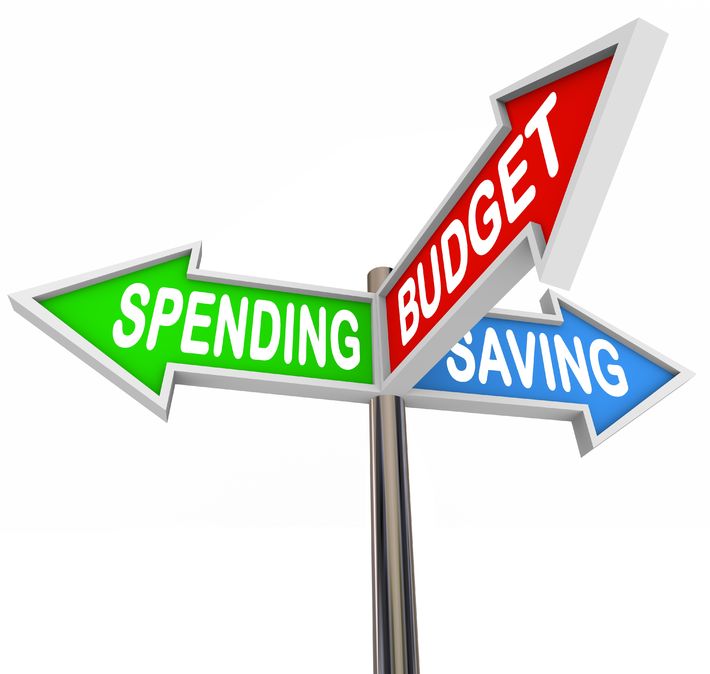- How to budget your money
- Money skills you need for life
- Your Money - Your Expenses
Budgeting is the process of creating a plan to spend your money. This spending plan is called a budget. Creating this spending plan allows you to determine in advice whether you will have enough money to do the things you need to do or would like to do.
If you don’t have enough money to do everything you would like to do, then you can use this planning process to prioritize your spending and focus your money on the thing that are most important to you.
You would never have enough to save it’s not about income, it’s about spending choices !!
Unnecessary wastes of money you don't think about. Little things add up to make big difference
Some money saving tips are obvious, like flying coach. Without a plan you are spending almost everything you earn or more than everything you earn. And you don’t even have a clue where is it all going. Cutting back on eating out, or ditching expensive bad habits like smoking and other things like Coffee, outing with friends, weekend getaways, unplanned dinner does not seem to make difference they happen seldom that’s what you think.
If you just track down to how much you have been spending on these things, you would be shocked to see that they consume a major chunk of your income without even letting you know.
You should check they are worth it.


Do you have a plan to spend
A spending plan gives you control. Your plan will clearly show how much money you have coming in, what you’re spending it on and where you can make trade-offs to come up with extra cash. It’s also your first step in meeting larger financial goals. With a spending plan in place you will be better able to find the money you’ll need to reach them.
Begin by adding up your monthly expenses and subtracting them from your take-home pay (the Spending Plan Worksheet can help). Then think about your financial priorities beyond your monthly bills, such as paying off high-interest credit card debt, building an emergency fund and saving for college or retirement.
Keep in mind that some of these longer-term goals can help you stretch your money even further—paying off credit card debt can free up more cash because you won’t have those bills hanging over your head and won’t have to pay interest every month. Contributions to a Thrift Savings Plan or other pre-tax retirement saving plan lower your taxable income then grow tax-deferred for the future. And building an emergency fund gives you a cushion that can help you avoid expensive debt.
If you’re married, you’ll want to set goals and identify any expenses you can reduce with your spouse. This will help avoid misunderstandings or overspending. To create a spending plan, take the following steps:
- Step One : Identify Income
- Step Two : List Expenses
- Step Three : Compare Income & Expenses
- Step Four : Set Priorities and Make Changes
Taking the first step is the hardest things to do. But as they say journey of thousand miles begins with a single step. And now when the to-do-lists are already on your mind, it’s time to get going.
But when you begin don’t put yourself on a crash diet, else you would not be able to do it for long. First and foremost identify those things which do not hold much importance in your life and giving up on them would not hurt you much. This would motivate you to go further and get your financial house in order.

